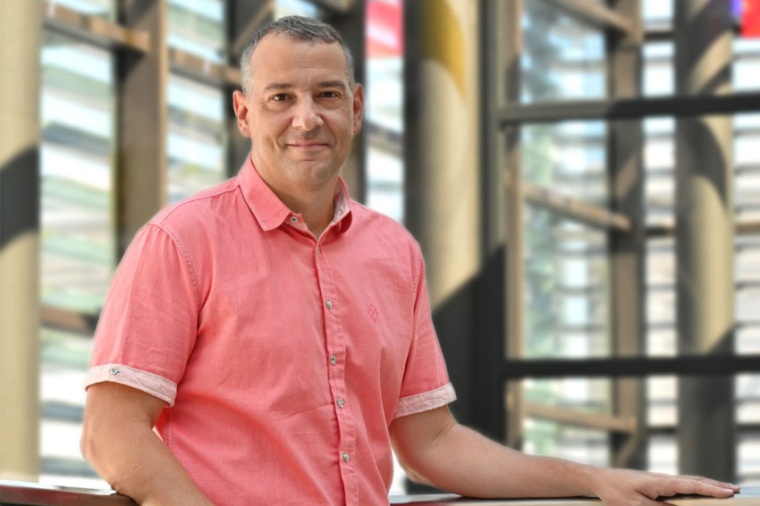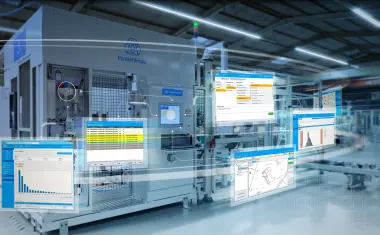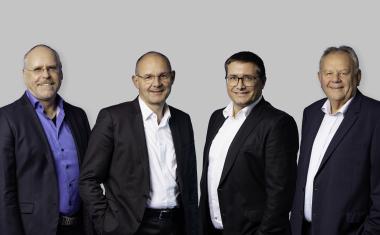Andrés Lasagni elected to WLT
Admission to scientific society honors contributions to laser-based manufacturing and innovation.
Prof Dr Andrés Fabián Lasagni has been elected as a member of Wissenschaftliche Gesellschaft für Lasertechnik e. V. (WLT). The election occurred during the society’s recent general meeting, recognizing his pioneering work in laser-based manufacturing and his role in advancing sustainable technologies.

Lasagni is the Chair of Laser-Based Manufacturing at the Institute for Manufacturing Science and Engineering at Dresden University of Technology and the Director of the Center for Advanced Micro-Photonics (CAMP) at Fraunhofer IWS. He is dedicated to harnessing laser technology for sustainable and efficient manufacturing processes.
“It is a great honor to be elected as a member of the WLT,” Prof. Lasagni said. “This recognition validates the work I started twenty years ago and underscores the importance of laser technology in advancing scientific and industrial applications. The versatility of laser technology is immense, from enhancing the efficiency of electrodes for hydrogen generation to developing antibacterial surfaces or efficient solar cells. Together with intelligent process monitoring systems, these advancements will play a crucial role in the future of manufacturing,” he added.
Andrés Lasagni, of Argentinean, Italian, and German descent, received an MSc in chemical engineering from National Comahue University, Argentina, in 2002 and a PhD in materials science from Saarland University, Germany, in 2006. From 2007 to 2008, he was a research scientist and Alexander von Humboldt Fellow at the Georgia Institute of Technology. From 2008 to 2017, he was a group leader at the Fraunhofer Institute for Material and Beam Technology IWS, developing several optical concepts for direct laser interference patterning, DLIP. Since 2012, he has been a professor at the Institute of Manufacturing Technology at Technische Universität Dresden, and since 2017, he has been the director of CAMP in cooperation with Fraunhofer IWS.
His research focuses on developing functionalized surfaces using laser-based methods, creating optical devices for high-throughput laser texturing, and innovating in-line monitoring systems. He has published over 500 articles and holds more than thirty patents. His work has earned him numerous accolades, including the Fritz Grasenick Prize, Werner Köster Prize, and Green Photonics Award. Beyond his research and academic achievements, Prof Lasagni promotes international scientific collaboration by coordinating the Network of Argentinean Scientists in Germany (RCAA). In addition he co-founded SurFunction GmbH.
References: Liliana Cangueiro, David Bruneel (both: Lasea), Thomas Kiedrowski (Bosch), Nikolai Schroeder, Andrés Fabián Lasagni (both: TU Dresden), J. A. Ramos-de-Campos (Lasea): Heat accumulation in metals under femtosecond irradiation: simulation and experimentation – Research on predicting the quality of laser processing of metals using femtosecond lasers for industrial purposes, PhotonicsViews 18(5), October/November 2021, 30-33; DOI: 10.1002/phvs.202100056 •
Francesca Moglia, Jose Pozo, Andrés F. Lasagni: Lasers and Surface Functionalization – How a technology aiming at sustainability is spreading and supporting laser development in Europe, PhotonicsViews 17(2), April/May 2020, 20-22 • Andrés F. Lasagni, Matthias Bieda, Teja Roch, Denise Langheinrich: Direct Fabrication of Periodic Structures on Surfaces – Laser Interference Patterning as new scalable industrial tool, Laser Tech. J. 8(1), January 2011; DOI: 10.1002/latj.201090109











